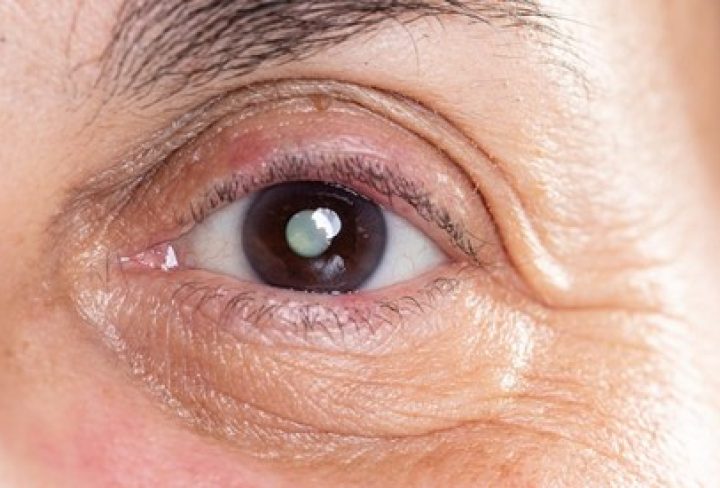Cataracts are a common eye condition that can cloud or blur your vision, often affecting people aged 55 and older. While there is no known prevention method, understanding the available treatment options, particularly cataract surgery, is crucial.
This comprehensive guide explains the two types of cataract surgery, who may need it, what to expect before, during, and after the procedure, potential complications, and the overall outlook for improved vision.
Understanding Cataracts and Their Impact
Cataracts are characterized by cloudy or opaque areas on the eye’s lens, resulting in visual impairment. These often develop slowly, causing gradual vision deterioration. Early-stage cataracts can be managed with glasses or contact lenses, but when they significantly interfere with daily activities like reading or driving, cataract surgery becomes a consideration.
Who Should Consider Cataract Surgery?
The presence of cataracts does not always necessitate surgery.
Some may manage with prescription glasses, magnifying lenses, or better lighting.
Cataract Progression and Symptoms
As cataracts grow, symptoms may worsen and include,
- Dim or blurred vision can occur
- Double vision through the affected eye
- Challenges with reading, computer work, and tasks requiring clear vision
- Poor night vision affecting nighttime driving
- Sensitivity to glare from headlights
- Vision-related difficulties in passing driver’s tests
Types of Cataract Surgery
There are two primary types of cataract surgery:
- Small Incision Cataract Surgery (SICS)
- Extracapsular Surgery
SICS is the more common procedure, involving a tiny corneal incision, while Extracapsular Surgery entails a larger corneal incision for lens removal. The choice of surgery depends on the specifics of each case.
Preparing for Surgery
- Before cataract surgery, your medical history and medications will be reviewed.
- You may need to discontinue certain drugs before the procedure.
- Fasting may be required for several hours before surgery.
During and After Surgery
Cataract surgery is relatively quick, usually taking around 15 minutes.
During the procedure, you will receive medication to relax, local anesthesia to numb the eye, and a protective shield over the eye.
Most people remain awake during the surgery, experiencing only light and movement but not the surgical process itself.
Recovery
- Post-surgery discomfort: Itchy or scratchy feeling, tearing, sensitivity to bright light
- Prescribed eyedrops for infection prevention
- Restricted activities: No driving, bending, lifting heavy objects, or applying pressure to the eye
- Week 1: Sleep with an eye shield for protection and healing
- Pain or concerns: Promptly inform your doctor
- Full healing expected after 8 weeks
Cataract surgery is a well-established and effective way to regain clear vision when cataracts interfere with daily life. Understanding the procedure, potential risks, and recovery process can help you make informed decisions about your eye health and vision improvement. Always consult with your eye care professional for personalized guidance and recommendations.


